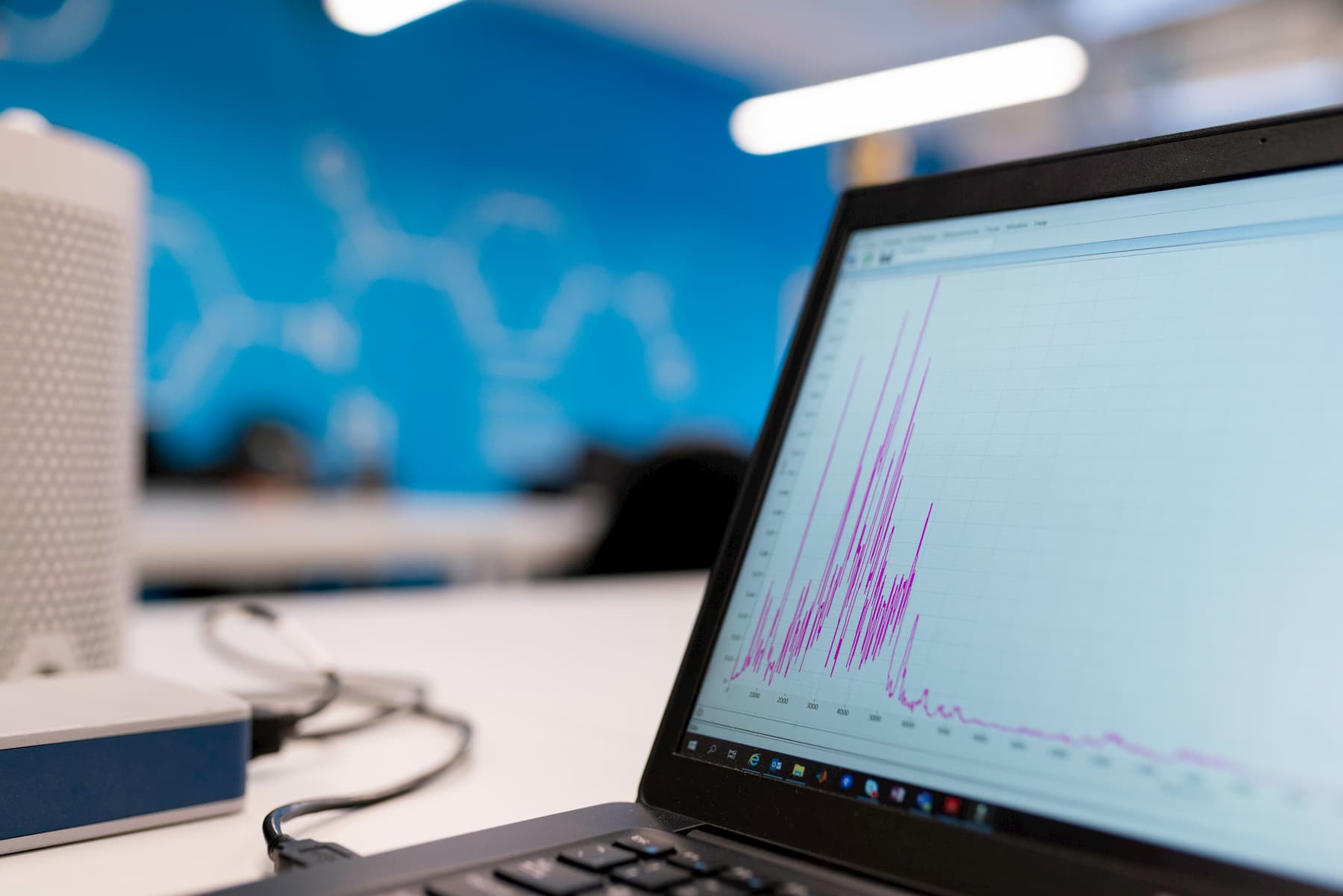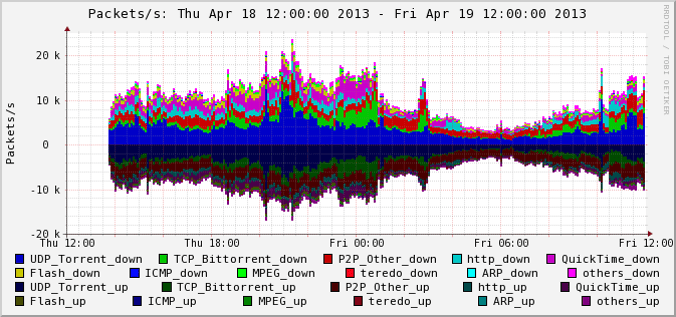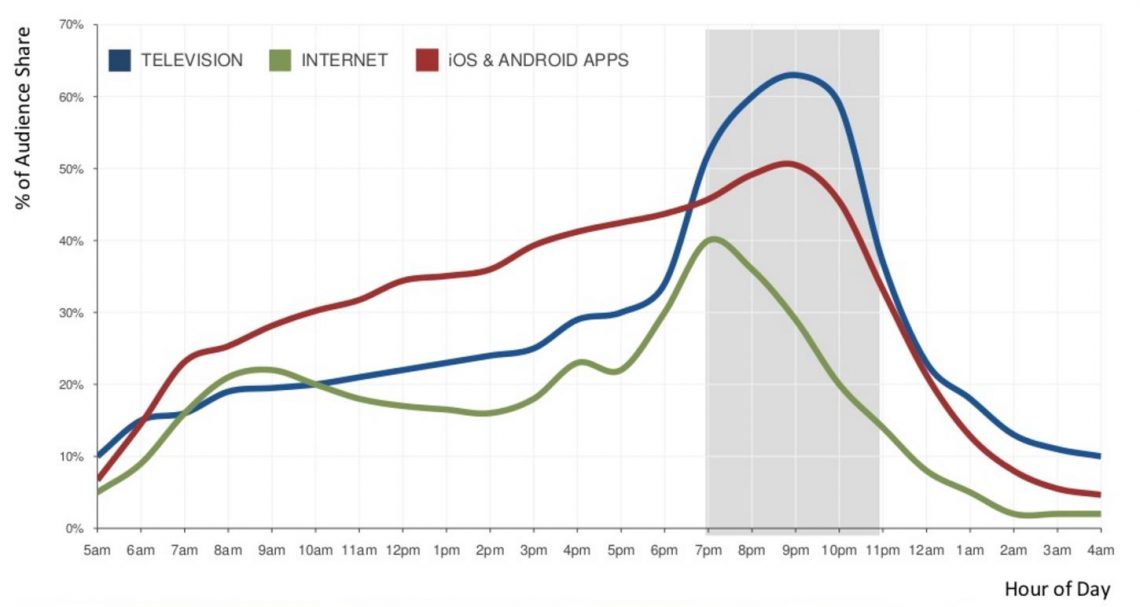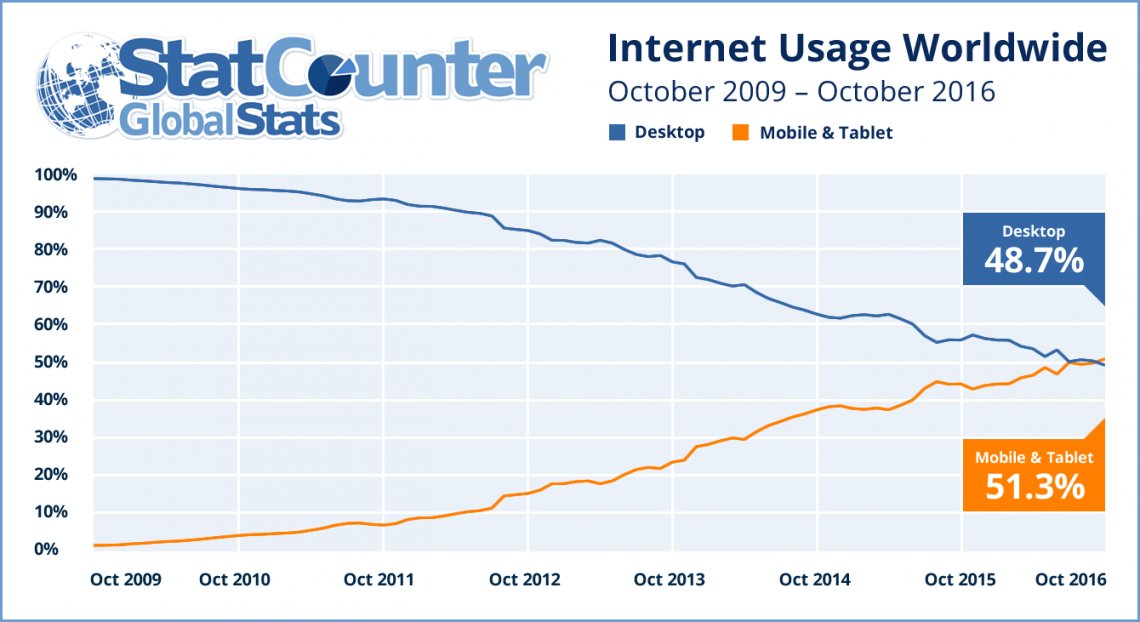
They include: by apps, protocols, tariff plans, regions, types of subscribers’ devices etc. The aim of this information is to increase bandwidth efficiency and the quality of services provided to the subscribers.
Let’s consider the role of these data on a practical level.
4 ways to satisfy the subscriber
An Internet provider is only successful when it is loved by the subscribers. This affects the quantity, flow of the subscribers, connection to expensive price schedules, and purchase of additional options. But the subscribers’ love has to be both earned by providing them with high-quality and diverse services at a competitive price, and maintained – through QoS (Quality of Service) and QoE (Quality of Experience). DPI platform allows controlling traffic by the specified rules, which allows keeping the level of quality regardless of load and bandwidth. However, it is the collected statistic information and real-time control that help to define these parameters.
What we monitor and what data we collect:
- protocols and apps used by the subscriber;
- periods of high bandwidth utilization;
- devices used by the subscribers to connect to the Internet;
- in what way the subscriber uses Internet – for our marketing campaigns.
Protocols and apps used by the subscriber

This is one of the most popular scenarios of the use of the data collected from DPI systems. There are too “gluttonous” protocols, such as P2P (torrent), or speed and delays sensitive ones (sip, skype, VoIP). Setting parameters for each of them is an excellent practice to use bandwidth effectively. When the subscriber uses torrent at maximum speed, the quality of other apps is reduced significantly: stuttering videos, slow download of web-pages, stuttering sound when speaking with someone; setting of specific rule for p2p protocol where its speed is artificially limited solves these problems and makes the subscriber more loyal to the provider. The main issue is not to overcompensate, since torrent blocked completely or with minimal download speed is the reason to find a provider that does not “cut the bandwidth”.
In addition to torrents, background loading speed can be limited as well, such as OS and programs updating, cyberlocker, cloud backups, and other apps with low priority.
Periods of high bandwidth utilization
Determination of the time of high bandwidth utilization and traffic prioritization within this time literally save the QoS. Most people use the Internet at home during the evening and thus exert a maximum load on the communication channel. Students access the web during the daytime after classes, and in the evening enjoy their leisure time in other ways. Without additional traffic procedures, speed and quality might be reduced significantly, which will make subscribers angry because they want speed to be as high as is specified in the tariff plan at any time, and regular “lags” in online games are the reason for many to change the provider. To avoid this, it is necessary to analyze the bandwidth of the subscriber in real-time and give higher priority to the most actual protocols and apps. If the user launches a game and background download of a movie at the same time, then the game must work perfectly – this is the highest priority, and background download – residually. Harsh, but efficient.

According to data of Flurry Mobile App Industry, peak hours of Internet use are at 8.00 a.m. (before wok) and at 7.00 p.m. (after work).
There is another way to satisfy subscribers during the peak hours – to buy additional speed UPLINK and share it with all equally, but at all other times the channel will stand idle and the subscription fee will be fixed and high. The best and most effective way is to analyze and prioritize.
Devices used by the subscribers to connect to Internet
Several years ago, such statistics didn’t even exist, everybody accessed the Internet through PCs only, but now the number of Internet devices is growing: laptops, tablets, smartphones (especially with a large screen), media players, game consoles…
Each device prefers certain type of traffic:
- Laptop – “one man army” for web surfing, movies, social networks, online games, files downloads etc.
- Tablet – web surfing, social networks, online videos.
- Smartphone – chats, messengers, social networks.
- Media players – online videos, torrent downloads.
- Game consoles – online games, online videos, streaming.
If the Internet provider detects the type of the subscriber’s device, then it prioritizes the dedicated protocols and apps correctly. Often, a user has the only laptop connected to the Internet, which means that it’s likely they don’t download files or torrents, while Skype, social networks, and web surfing are very important for them. For these apps, channel speed is not so important as its quality, so instead of specified in the tariff plan 50 Mbit/sec only 10 Mbit/sec can be provided, but steady and surely, – this will be enough to meet the demand, and residue will be for the subscriber that needs a higher speed.

Steady growth of mobile devices utilization rate will cause the subscribers to stop chasing super-rates (100 Mbit/sec or higher), since they cannot see the advantages using laptop or smartphones. That is why even now, detecting and limiting such subscribers’ devices seems to be the solution to save bandwidth.
In what way the subscriber uses Internet – for marketing campaigns
Analysis of the subscribers’ browser history and the load imposed by them on certain protocols and apps show behavior reports that can be used for marketing campaigns.

Knowing users’ preferences, we can show them targeting ads and involve in special promos. If subscribers often visit TV channels’ resources, they might be interested in IPTV packet, and if they download torrents, we may offer to use an internal tracker and, by this, save UPLINK bandwidth.
Sometimes, subscribers visit websites of competitive providers, which means we should offer them a tariff plan with better terms in order to hold clients.
Also, the homepage might be useful since it provides complete information on the subscriber (sex, age, browser, connecting devices, preferences etc.), allows to sell partners’ services, conduct surveys to increase QoS, promote new services, and build the traffic of pages with description.
Function of real-time statistics and analytics view has vast opportunities and the use of standard protocol Netflow and analyser NFSEN makes it simple to obtain and display information. Usage of obtained data increases QoS, reduces response time when subscriber has some problem, allows to use effectively bandwidth and many other ways to satisfy clients.
To get more detailed information on advantages of Stingray Service Gateway and how to use it effectively on carriers networks, as well as on migration from other platforms, please, contact experts of VAS Experts – developer and providers of Stingray platform analysis system.